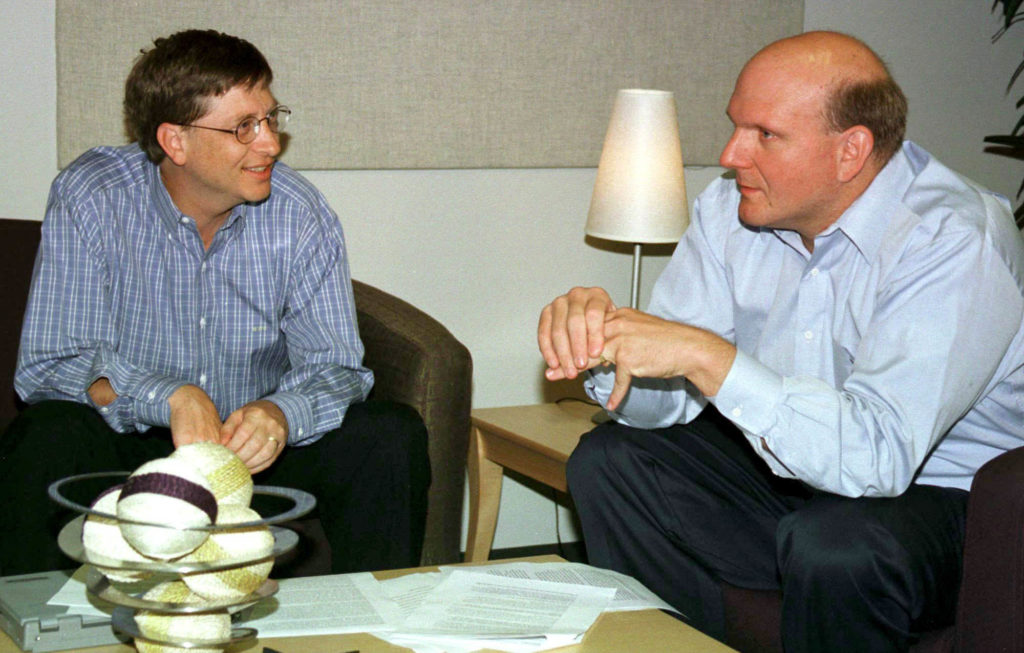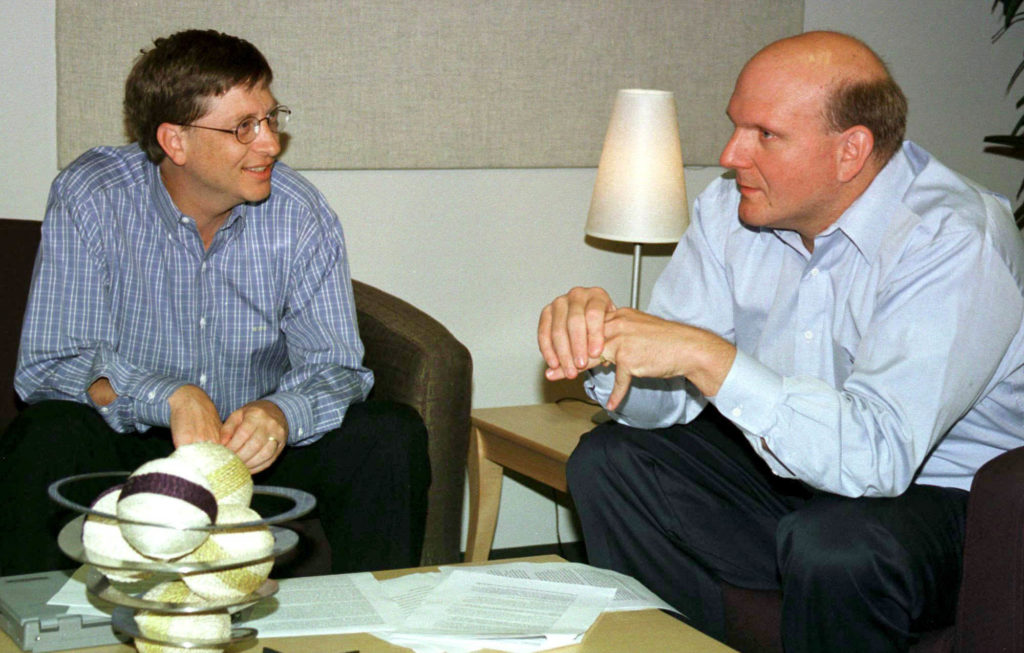Microsoft’s Road to Success: 7 Critical Turning Points
When Microsoft celebrated its 50th anniversary, it was clear that the company’s journey hadn’t always been smooth. From its humble beginnings as a three-person operation with minimal revenue to becoming a global tech giant worth around $1 trillion, Microsoft’s history is marked by several crucial moments that paved the way for its success.
The Battle for Software Ownership
In the early days of the PC revolution, a culture of sharing prevailed among tech enthusiasts. The Homebrew Computer Club was a hub for this ethos, where members freely exchanged tips and advice on using the Altair 8800, one of the first personal computers. Microsoft’s first product was a version of BASIC for this machine, but many users copied and shared it without paying. In response, Bill Gates wrote an open letter to the Homebrew Computer Club in February 1976, titled ‘An Open Letter to Hobbyists.’ This letter was a declaration against what Gates saw as theft and laid the foundation for Microsoft’s future business model. Gates argued that professionals couldn’t work for free and that the hobbyist community’s practice of sharing software for free was unsustainable.
MS-DOS: Microsoft’s Breakthrough
Microsoft’s first significant success came with MS-DOS. In 1981, IBM approached Microsoft to create an operating system for its new PC. Gates negotiated a deal that allowed Microsoft to sell the same operating system to other manufacturers, creating MS-DOS. This move proved to be a masterstroke as ‘clones’ of IBM PCs flooded the market, and Microsoft earned royalties on every compatible operating system sold. The company acquired an existing operating system called QDOS for $50,000 and adapted it, reaping enormous profits with minimal investment.

Windows Takes Center Stage
The introduction of Windows 3.0 in 1990 and its improved version, Windows 3.1, in 1992 marked another significant milestone. Although these operating systems were not perfect, being described as ‘kludgy’ and prone to crashes, they were ‘good enough’ to become the standard for PCs and cement Microsoft’s dominance in the operating system market.
Conquering the Business World
As the PC revolution transitioned into the business world in the late 1980s, Microsoft seized the opportunity by launching Office in 1990. This suite included Word, Excel, and PowerPoint, along with server software. Microsoft’s aggressive tactics, though sometimes controversial and found to violate antitrust laws, helped the company capture the enterprise market. The company continued to expand its offerings with SQL Server, Power BI, Dynamics 365, and more, becoming a leader in business software.
A New Era Under Satya Nadella
The appointment of Satya Nadella as CEO in 2014 marked a significant shift for Microsoft. Unlike his predecessor Steve Ballmer, Nadella adopted a calm and strategic approach, discontinuing failing projects like Windows Mobile and investing heavily in new technologies. His leadership transformed Microsoft into a cohesive operation focused on innovation.
Embracing the Cloud
Under Nadella, Microsoft recognized the importance of cloud computing. Azure, launched in 2010 under Ballmer, became a focal point. By 2024, Microsoft’s Intelligent Cloud division generated $100 billion in sales. Moreover, the shift to cloud services transformed products like Office into Microsoft 365, significantly boosting cloud-related revenue.

Betting on AI
Microsoft’s investment in OpenAI in 2019 was initially understated but proved visionary. The launch of ChatGPT in November 2022 catapulted Microsoft to the forefront of AI. Microsoft released its version, Copilot, for enterprises and integrated AI across its products. Today, Microsoft leads the world in AI, positioning itself for continued success in its next 50 years.
As Microsoft looks to the future, its history serves as a testament to the power of innovation and strategic decision-making. From battling software piracy to embracing cloud computing and AI, the company’s journey offers valuable insights into what it takes to remain a leader in the ever-evolving tech landscape.


